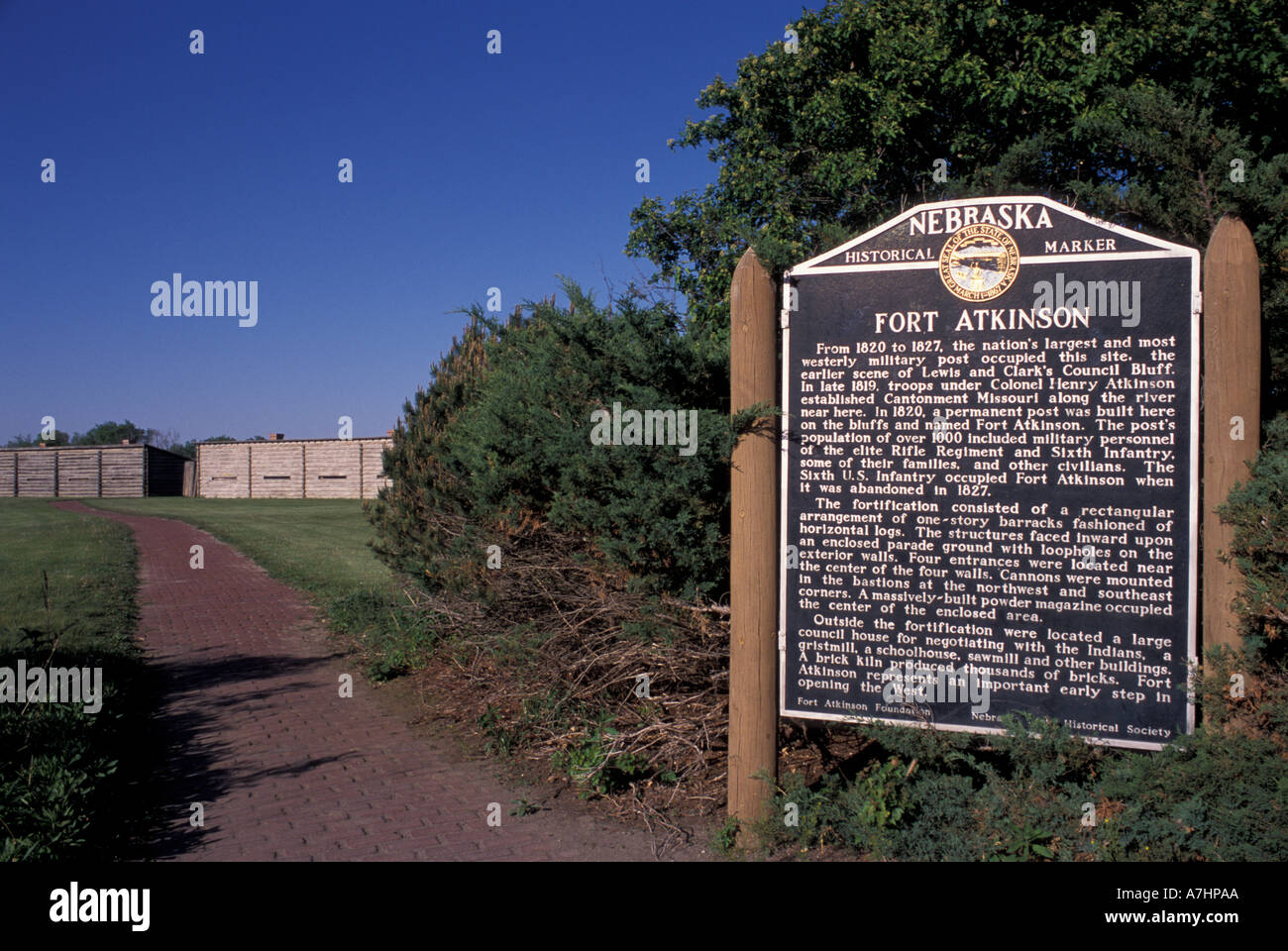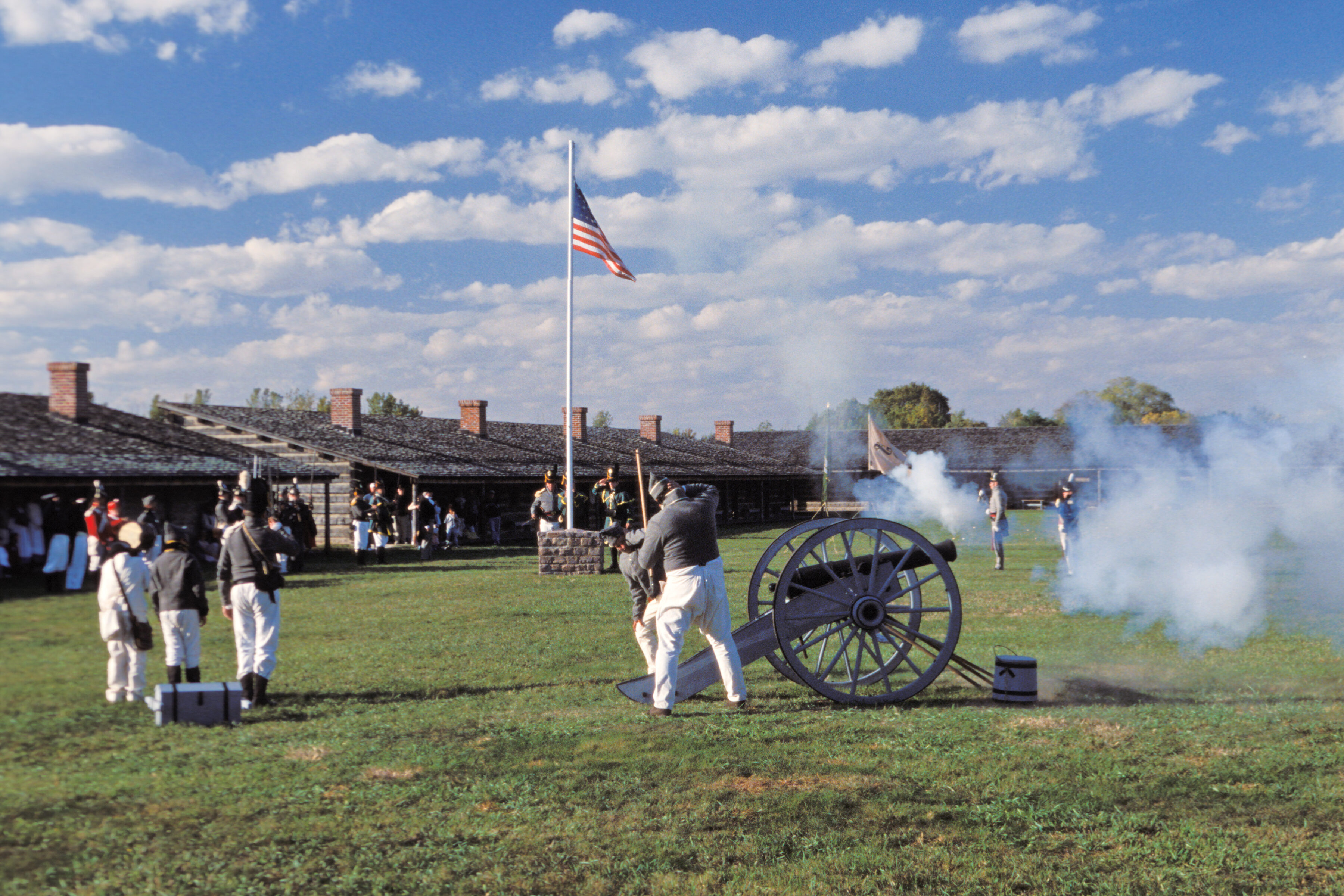
Echoes in the Dust: The Enduring Legends of America
America, a nation often described as young, paradoxically boasts a tapestry of legends as rich and varied as its sprawling landscapes. From the ancient, whispered narratives of its first peoples to the tall tales spun around crackling frontier campfires, these stories are more than mere folklore; they are the bedrock of a collective consciousness, a mirror reflecting the nation’s struggles, aspirations, fears, and triumphs. They are the truth wrapped in a story, the spirit of a land and its people distilled into memorable form, and they continue to shape our understanding of who we are.
To truly grasp the essence of American legends, one must journey through time and terrain, acknowledging the distinct epochs that birthed these enduring narratives.
The Ancient Whispers: Indigenous Foundations

Long before European sails dotted the horizon, the continent vibrated with the stories of its original inhabitants. Native American legends are deeply intertwined with the land itself – its mountains, rivers, and creatures. These are not merely fanciful tales but sacred narratives, often serving as creation myths, moral compasses, and explanations for the natural world.
Consider the ubiquitous Trickster figures – Coyote, Raven, or Iktomi – who, through their mischievous and often foolish actions, bring about both chaos and order, teaching valuable lessons about human nature and the complexities of existence. The Navajo, for instance, tell of the Holy People, who emerged from various underworlds, shaping the earth and establishing the laws of the universe. The Iroquois Confederacy, a sophisticated political entity, passed down the story of the Peacemaker, who united warring tribes under the Great Law of Peace, a narrative that profoundly influenced the framers of the U.S. Constitution.
These stories, passed down through generations via oral tradition, speak of a profound spiritual connection to the earth, where every rock, tree, and animal possesses a spirit and a story. They remind us that the American landscape was, and remains, a living entity, imbued with meaning and history long before the arrival of settlers. As the renowned Native American author N. Scott Momaday once eloquently put it, "We are all made of stories." These ancient narratives are the continent’s first, most fundamental stories.
The Crucible of Settlement: Colonial Fears and Revolutionary Ideals
With the arrival of European settlers, a new layer of legends began to form, born from the unique challenges and anxieties of a burgeoning colonial society. The vast, untamed wilderness, so different from the familiar landscapes of Europe, fueled both wonder and fear. Tales of strange creatures, lost colonies, and encounters with the "other" became common.
Perhaps one of the most chilling and enduring legends from this period is that of the Salem Witch Trials. While a grim historical fact, the events of 1692 quickly spiraled into a cautionary legend, a dark parable about religious zealotry, mass hysteria, and the dangers of unfounded accusation. It’s a legend that continues to resonate, reminding us of the fragility of justice and the power of fear.
As the colonies matured and sought independence, legends shifted to celebrate nascent American ideals. Figures like Paul Revere, the midnight rider whose warning ignited the spirit of revolution, became legendary for their courage and patriotic fervor. While historical accounts reveal a more complex reality, the legend of Revere, galloping through the night shouting "The British are coming!", became a powerful symbol of early American defiance. These stories helped forge a distinct American identity, celebrating ingenuity, self-reliance, and a burgeoning sense of national destiny.
The Unfolding Frontier: Where History Meets Hyperbole

The 19th century, marked by relentless westward expansion, proved to be the most fertile ground for the birth of uniquely American legends. This was an era of vast wilderness, daring pioneers, and the clash of cultures, where the line between fact and fiction blurred with the dust of wagon trains and the smoke of campfires. It was a time when the very act of survival demanded superhuman effort, and the stories grew to match the scale of the landscape.
It is in this crucible of westward movement that a place like Fort Atkinson, Nebraska, stands as a fascinating historical anchor, illustrating the very real conditions that gave rise to many frontier legends. Established in 1820 near present-day Fort Calhoun, Fort Atkinson was the first U.S. military post west of the Missouri River. For its brief but impactful seven years of operation (it was abandoned in 1827), it served as a vital hub for trade, diplomacy, and military presence on the edge of what was then largely unknown territory.
At Fort Atkinson, soldiers and trappers mingled with members of the Pawnee, Oto, and Missouri tribes, engaging in a complex dance of cooperation and conflict. This was the very frontline where cultures met, where the raw challenges of the wilderness were faced daily, and where the struggles for resources and territory often erupted into violence. The men who served and lived at Fort Atkinson, facing vast distances, unpredictable weather, and encounters with unfamiliar peoples, were living out the reality that would inspire countless legends. The sheer scale of the landscape surrounding the fort, the constant threat of the unknown, and the need for resilience undoubtedly fueled the narratives that celebrated strength, cunning, and the ability to tame the wild. It was a place where ordinary men became extraordinary through sheer necessity, laying the groundwork for the mythical figures who would follow.
From this backdrop emerged the legendary "tall tales" – larger-than-life heroes embodying American ideals of strength, ingenuity, and a relentless spirit. Paul Bunyan, the colossal lumberjack and his blue ox, Babe, carved out forests and rivers with their mighty feats, symbolizing the immense effort required to clear and cultivate the land. Pecos Bill, raised by coyotes in the Texas desert, could lasso a tornado and ride a mountain lion, representing the rugged individualism and untamed spirit of the cowboy. John Henry, the "steel-driving man," challenged a steam drill and won, dying with his hammer in his hand, a poignant legend of human strength and dignity against the encroaching tide of industrialization. These figures, though mythical, spoke to the very real struggles and triumphs of a nation building itself from the ground up.
Alongside these benevolent giants, the frontier also produced legends of outlaws and anti-heroes, figures like Jesse James, Billy the Kid, and Wild Bill Hickok. Their stories, often romanticized and blurred by conflicting accounts, explored the complexities of justice, rebellion, and the individual’s struggle against a rapidly forming society. Were they ruthless criminals or defiant champions of the common man? The legends allow us to ponder these ambiguities, reflecting a national fascination with challenging authority and the allure of the renegade spirit.
The Enduring Mystery: Modern American Folklore
Even in the age of science and information, America continues to generate new legends, often tapping into our primal fears and our fascination with the unknown. The dense forests of the Pacific Northwest whisper tales of Bigfoot or Sasquatch, a hulking, ape-like creature, embodying our lingering connection to the wild and the mystery that lurks beyond the edges of civilization. The deserts of the Southwest are ripe with stories of UFO sightings and alien encounters, particularly around Roswell, New Mexico, reflecting our anxieties about extraterrestrial life and humanity’s place in the cosmos. Even more localized legends, like the Mothman of West Virginia, a winged humanoid creature said to portend disaster, capture our collective fascination with the unexplained and the supernatural.
These modern legends, while distinct from their historical counterparts, serve a similar purpose: they help us grapple with the limits of our knowledge, explore our fears, and provide a sense of wonder in an increasingly rationalized world. They are the campfire stories of the digital age, passed on through internet forums and late-night documentaries, continuing the timeless human tradition of making sense of the inexplicable through narrative.
The Soul of a Nation
Ultimately, the legends of America are more than just captivating stories. They are the soul of a nation, a vibrant, evolving narrative that binds its diverse peoples together. They reflect the continent’s ancient past, the hopes and fears of its settlers, the titanic efforts of its pioneers, and the enduring questions that continue to puzzle its modern inhabitants. From the spiritual resonance of indigenous myths to the rugged individualism of frontier heroes, and even the eerie mystery of modern cryptids, these legends provide a cultural roadmap.
They teach us about resilience, justice, human fallibility, and the eternal allure of the unknown. They remind us that even in a land built on facts and progress, the power of a good story, a compelling myth, remains undiminished. They are the echoes in the dust, the whispers on the wind, the enduring heartbeat of America, inviting each new generation to listen, to wonder, and perhaps, to add their own chapter to the ongoing legend.


